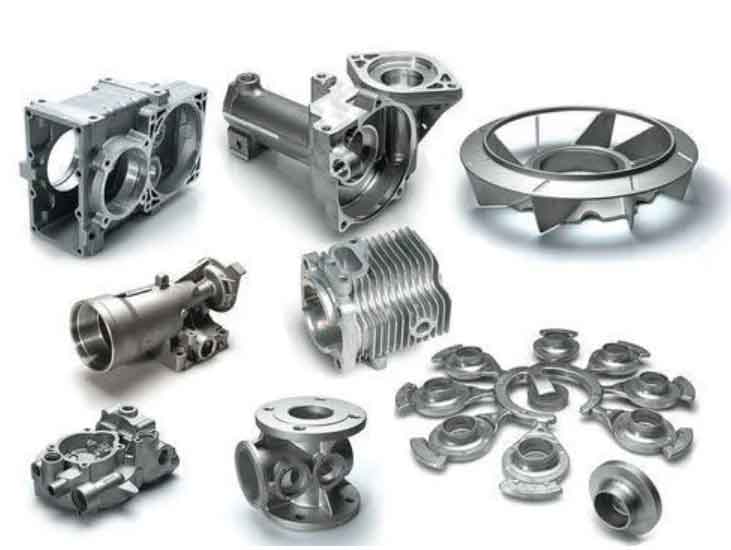
The economic impact of grey cast iron can be analyzed through market trends, industry applications, and its importance in different sectors. Here are some key points to consider for a market analysis of grey cast iron:
1. Market Size and Growth:
- The global grey cast iron market was valued at billions of US dollars, with the exact value varying based on the year and region.
- Market growth was steady, driven by demand from industries such as automotive, machinery, construction, and infrastructure.
2. Automotive Industry:
- Grey cast iron was widely used in automotive components like engine blocks, cylinder heads, and brake discs due to its excellent wear resistance and cost-effectiveness.
- The growth of the automotive industry impacted the demand for grey cast iron.
3. Machinery and Equipment:
- Grey cast iron found applications in various machinery and equipment components, such as gears, pulleys, and pump housings, benefiting from its good machinability and damping capacity.
4. Construction and Infrastructure:
- The use of grey cast iron in construction applications, such as manhole covers, drainage grates, and pipe fittings, contributed to the growth of the market.
5. Challenges and Competition:
- Grey cast iron faced competition from alternative materials, such as ductile cast iron, steel, and aluminum alloys, which offered improved properties in specific applications.
6. Regional Trends:
- Demand for grey cast iron varied by region, with developing countries experiencing significant growth due to infrastructure development and industrialization.
7. Environmental Concerns:
- As sustainability became a focus for various industries, grey cast iron foundries explored ways to minimize environmental impact through recycling, energy efficiency, and waste reduction.
8. Emerging Technologies and Innovations:
- The adoption of advanced technologies, such as digitalization, automation, and additive manufacturing for patterns and cores, had the potential to enhance the grey cast iron industry.
9. Raw Material Costs:
- The cost of raw materials, especially iron scrap, influenced the overall cost of grey cast iron production.
10. Global Economic Factors:
- Economic fluctuations and global trade dynamics impacted the demand for grey cast iron and its market performance.
It’s important to note that the economic impact of grey cast iron can be influenced by various factors, including changes in industry trends, technological advancements, environmental regulations, and market demand. A comprehensive market analysis should consider up-to-date data and trends to provide an accurate and current assessment of the economic impact of grey cast iron.
